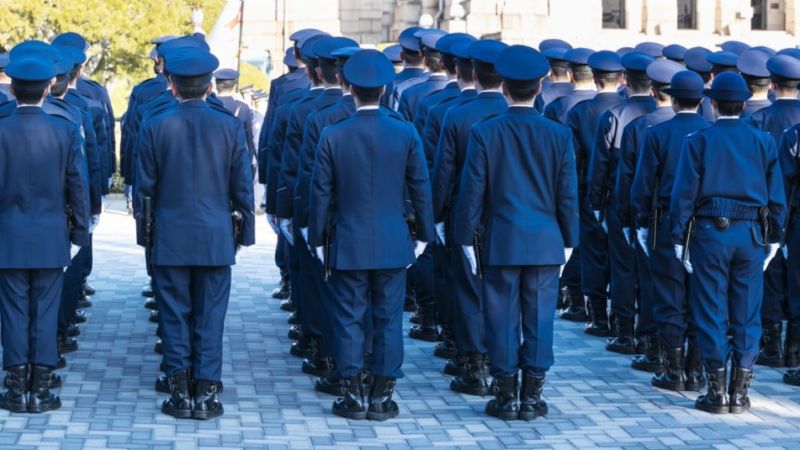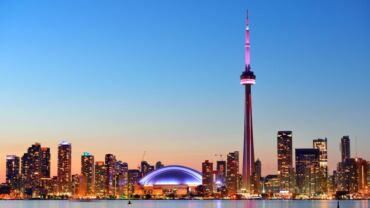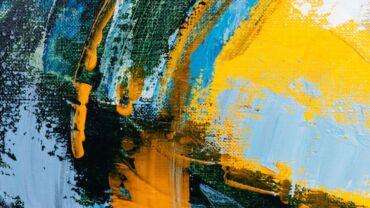During last summer’s protests over the killings of George Floyd and Breonna Taylor, thousands of people in cities across the country flooded the streets, even amid a pandemic, to voice their anger over police brutality and alleged systemic racism in police departments nationwide.
Many of the police officers on duty during the protests were themselves minorities, however, and they were thrust into the uncomfortable position of identifying with the protesters while serving an institution — law enforcement — that many see as inherently racist.
Nervous conditions
In a recent Thomson Reuters Institute webinar, Nervous Conditions: Examining Law Enforcement Culture and the Color Line, Reuters Editor-at-Large Axel Threlfall led a wide-ranging discussion among top law-enforcement officials to find out what steps can be taken to address systemic racism in the nation’s 18,000 police departments, as well as the challenges facing those who try.
The panelists themselves were Black, Asian, and Hispanic officers who have risen through the ranks and distinguished themselves by occupying senior leadership positions in law enforcement.
A watershed moment?
Threlfall began by asking the panelists whether unrest over racial inequality is a sign of progress or social breakdown?
Panelist Art Acevedo, chief of police for the Houston Police Department, said the protests were a positive sign. “I’m hopeful because for the first time in 34 years of policing, communities that have been disenfranchised throughout the history of our nation — white, Black, Hispanic, poor — are speaking out, taking to the streets, and demanding action,” Acevedo said.
Another panelist, Hugh Mo, chairman of the Asian-American Police Executive’s Council and former deputy police commissioner of New York City, agreed that George Floyd’s death was “a watershed moment that is shining a light on the institution of policing in America.” But he also suggested that everyone involved in police work should step back and ask themselves why the citizens of America reacted the way they did to this summer’s killings?
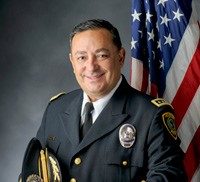
Police vs. citizens
Part of the answer is that whatever has been done thus far to diversify police forces — such as citizen-review panels, more diversity in hiring, more minority police chiefs — “have not been particularly successful,” Mo asserted. And they haven’t worked, he said, “because we have not really dealt with the systemic problems,” or “the inherent conflict between the policing in America and its citizens.”
According to panelist Robert “Tony” Dixon, a U.S. Marshal from the District of Columbia, the “disconnect” between police officers and the public they serve is a by-product of poor communication and lack of trust, which has frayed relationships on both sides. “We have problems between police and their communities, and we need to be honest about what those discontents are,” Dixon explained, noting that too often, the factions involved talk past each other, not to each other, which has created a “powder keg” of poor relationships.
You can access the full Thomson Reuters Institute webinar, Nervous Conditions: Examining Law Enforcement Culture and the Color Line, here.
Mo also criticized police for developing a “warrior” mentality rather than a “guardian” mentality, and warned that the “militarization” of police forces around the country is a sure recipe for conflict. “The police see themselves as outsiders,” Mo said, “and the militarization of policing [through the use of body armor and increased firepower] influences how they approach matters.”
To significantly change how police departments operate, however, all the panelists agreed that lasting progress can only happen if elected officials pass laws that give policy reforms sharper teeth. “If leadership isn’t committed to diversity, it’s not going to happen,” said panelist Sonia Pruitt, a former police captain for the Montgomery County (Md.) Police Department. Women, especially, need the support of leaders at all levels in order to advance, Pruitt added.
The role of police unions
Panelists offered several suggestions for improving relations between the police and the public, including residency requirements for police officers and training that emphasizes conflict de-escalation. But when it comes to the raw exercise of power, all agreed that perhaps the most daunting obstacle facing those who wish to usher in a new era of police reform is the entrenched nature of police unions, which are predominately white and male.
“Police unions are dinosaurs,” said Mo. “They have not kept up with the changing times, and they have not been integrated or diversified — unions are reflecting the police force of 30 or 40 years ago.” Nevertheless, police unions are extremely powerful, he said, adding that “the only way unions and departments will change is if the public demands it.”
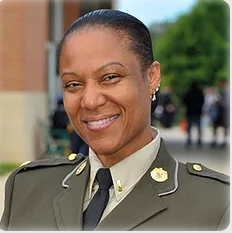
Acevedo concurred. “Both Republicans and Democrats are afraid of police unions,” he said. “No one wants to make them angry.”
The police & society
Heading into 2021, all the panelists agreed that the unrest in 2020 created an opportunity to discuss long-overdue reforms. But, as veteran police officers, some also thought it was unfair to lay too much of the blame for current social unrest at the feet of police officers.
“We need to step back and realize that we as a society have a lot of work to do,” said Acevedo, citing inequities in food availability, healthcare, education, and income. “All of these issues need to be addressed if we want to succeed.” He also pointed out that despite the withering criticism heaped on police for lack of diversity and inclusion, police departments actually have a better record in that regard than most Fortune 500 companies, the media, and many other institutions in American society.
In Houston, for example, the police force he leads is “a minority-majority police force in a minority-majority community,” he said. And that is important, because in order to cultivate a culture of diversity, “people have to see people who look like them as officers and leaders up the chain.”
Pruitt agreed, calling Houston a “shining beacon” of diversity compared to the rest of the country, where, she explained, “we are having great difficulty in diversifying police departments,” particularly when it comes to hiring black women.
“Policing was not created for diversity,” Pruitt insisted. “In my opinion, policing is working just the way it was designed,” she said, adding wryly, “but that’s another two-hour conversation.”
